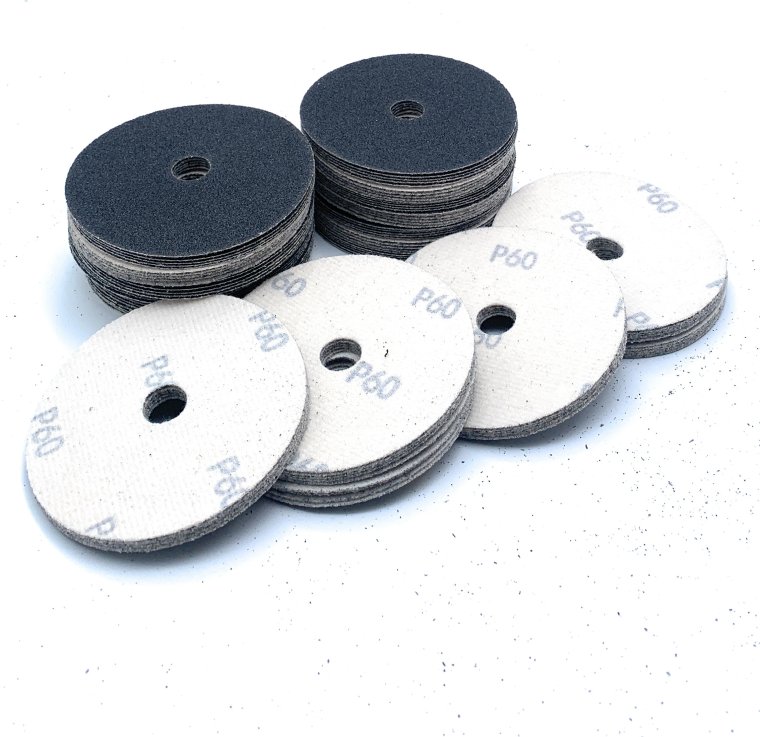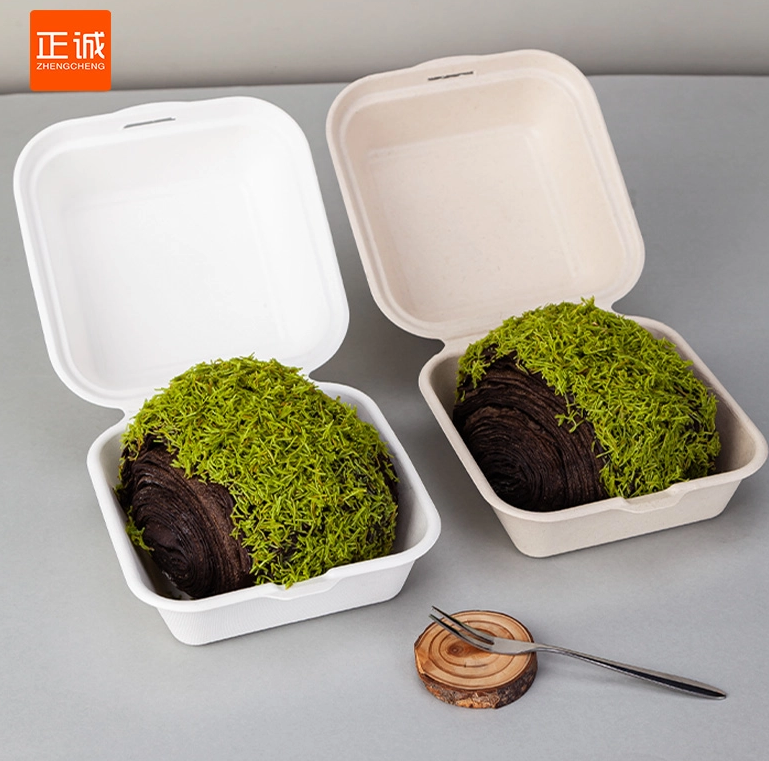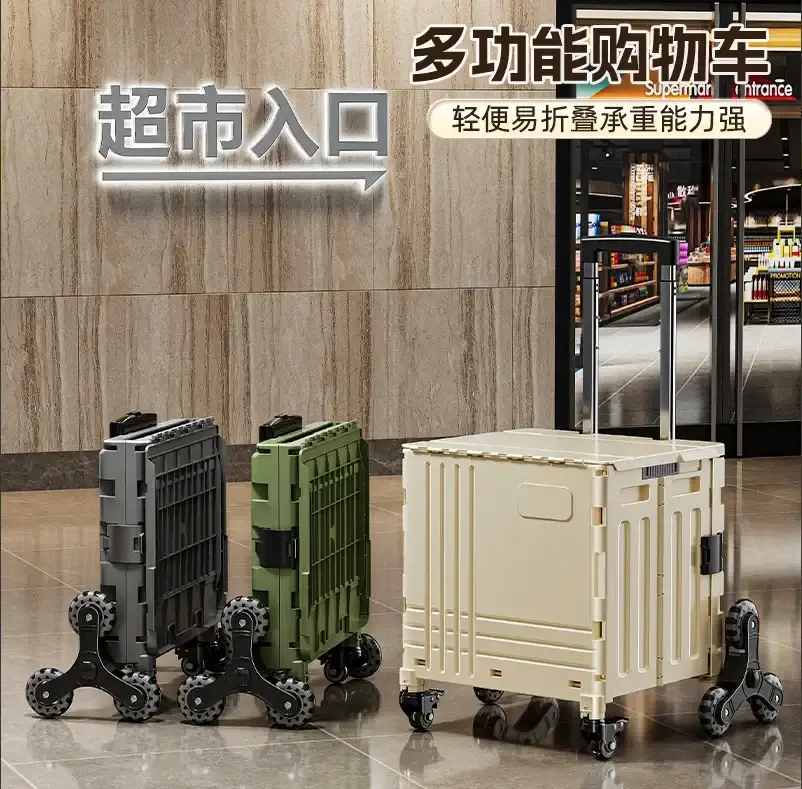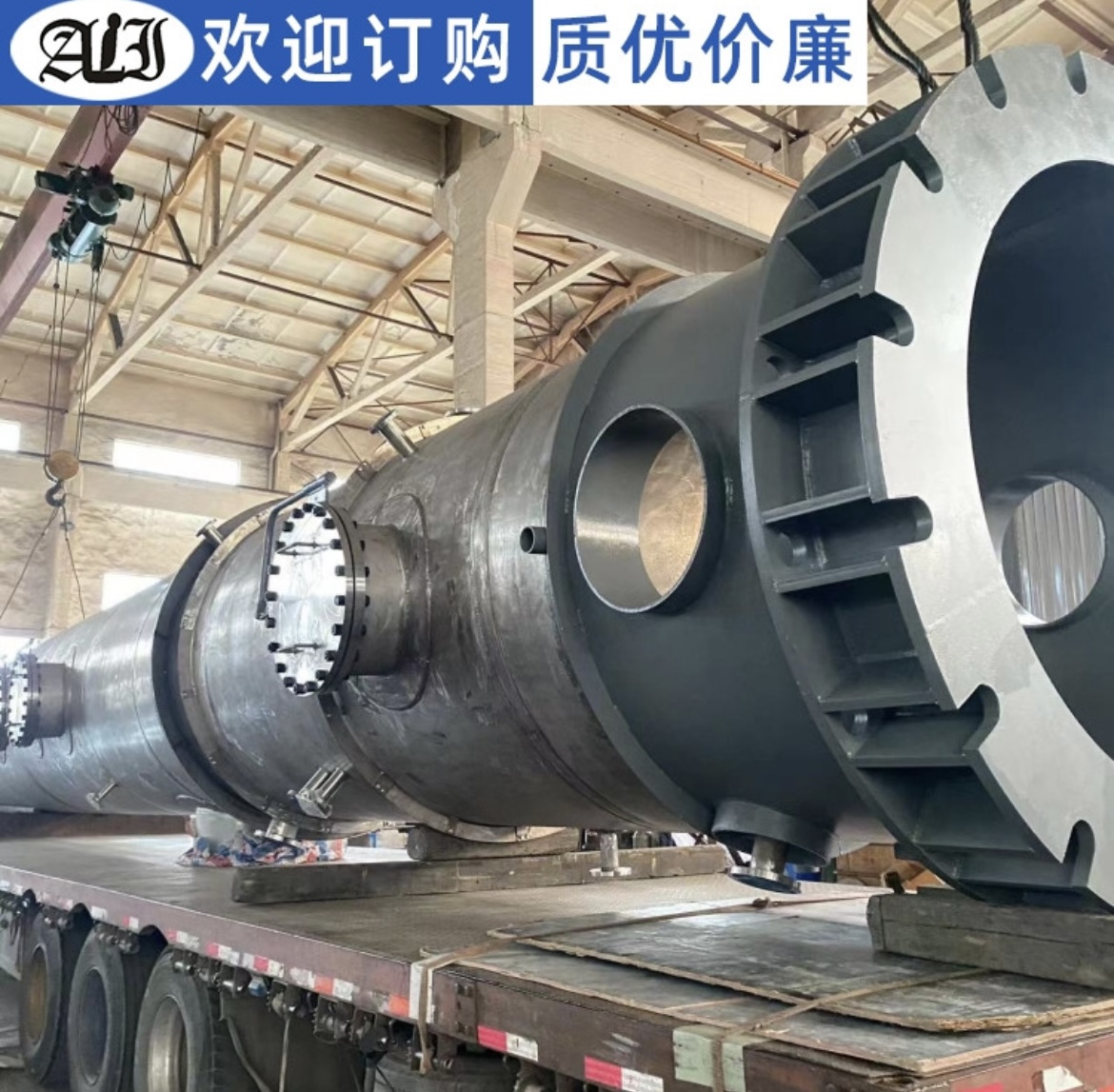When it comes to achieving a smooth and professional finish in woodworking, metalworking, or automotive refinishing, selecting the right sanding paper grit is essential. Using the wrong grit can damage your surface, increase labor time, or deliver subpar results. In this guide, we’ll help you understand grit sizing and how to match it to your project needs, with insights inspired by industry leader Signi Industrial (Shanghai) Co., Ltd., a global manufacturer of high-performance abrasive and diamond tools.

What Is Sanding Paper Grit?
Sanding paper grit refers to the size of abrasive particles on the sandpaper. The lower the number, the coarser the grit and the more material it removes. Higher numbers indicate finer grits, suitable for finishing touches. Grits are typically classified as:
-
Coarse (40–60 grit): For heavy stripping, removing paint, rust, or shaping surfaces quickly.
-
Medium (80–120 grit): For smoothing surfaces or preparing them for finishing.
-
Fine (150–180 grit): For final sanding before painting or staining.
-
Very Fine (220–400 grit): For in-between coats or polishing.
-
Super Fine (600+ grit): Ideal for ultra-smooth finishing, especially in metal or automotive projects.
Matching Grit to Project Type
1. Woodworking
-
Initial sanding of rough wood: 40–60 grit
-
Smoothing surfaces before finishing: 100–150 grit
-
Final pre-staining preparation: 180–220 grit
2. Metalworking
-
Removing oxidation or old coatings: 60–80 grit
-
Surface smoothing: 120–180 grit
-
Polishing or final touch-ups: 320+ grit
3. Automotive
-
Paint removal: 60–80 grit
-
Sanding body filler: 120–180 grit
-
Prepping for paint: 220–320 grit
-
Wet sanding for polishing: 600–2000 grit
Why Product Quality Matters
Choosing the right grit is only half the equation. The quality and durability of the sanding paper are critical. Poor-quality abrasives can wear out quickly, heat up surfaces, or fail to deliver a consistent finish.
Signi Industrial (Shanghai) Co., Ltd. offers a full range of precision-engineered abrasives and grinding products, including fiber-reinforced resin cutting discs, ultra-thin cutting wheels, flap discs, and flexible grinding wheels. With an annual output of tens of thousands of tons and a product catalog covering over 1,000 varieties across four major series, Signi supplies more than 40 countries with tools trusted for performance and longevity.
Tips for Choosing the Right Sanding Paper
-
Know your material: Wood, metal, and plastic all require different grits and paper types.
-
Start coarse, finish fine: Gradually progress from lower to higher grits to avoid scratches.
-
Use quality abrasives: Invest in trusted brands like Signi to reduce downtime and achieve better results.
-
Consider machine compatibility: Ensure the sandpaper matches your sander type (orbital, belt, disc, etc.).
Conclusion
Whether you're smoothing a wooden tabletop, prepping a metal surface for coating, or detailing a car, choosing the correct sanding paper grit is crucial for efficiency and surface quality. By understanding grit levels and partnering with reliable suppliers like Signi Industrial (Shanghai) Co., Ltd., you can take your project results to the next level.
For professional-grade abrasives that deliver performance, consistency, and durability, explore the full range of Signi's sanding and grinding solutions.
www.shanghai-signi.com
Signi Industrial (Shanghai) Co., Ltd







+ There are no comments
Add yours